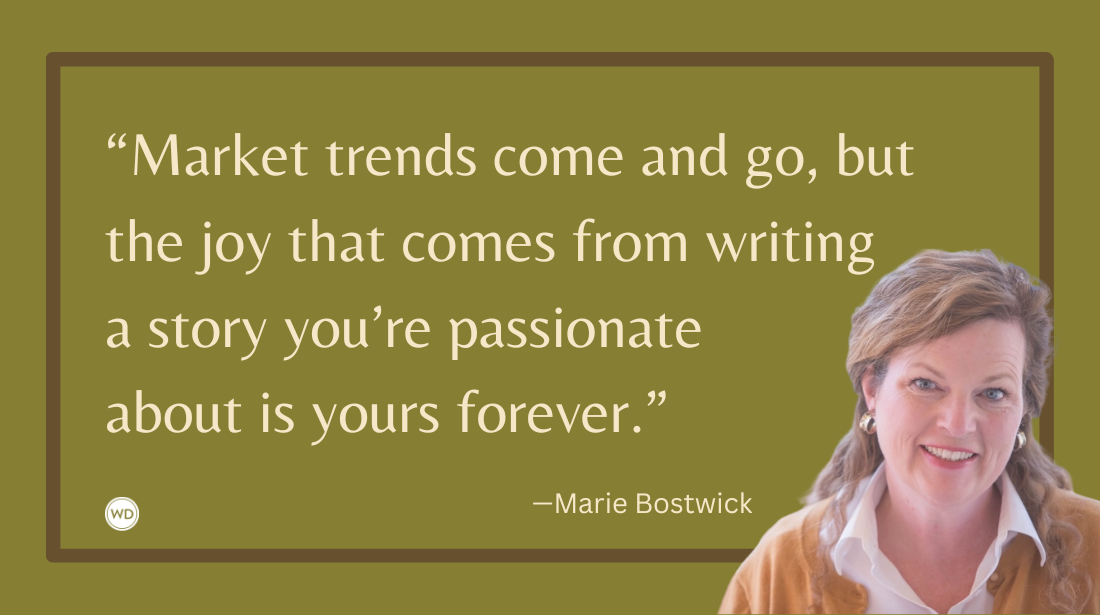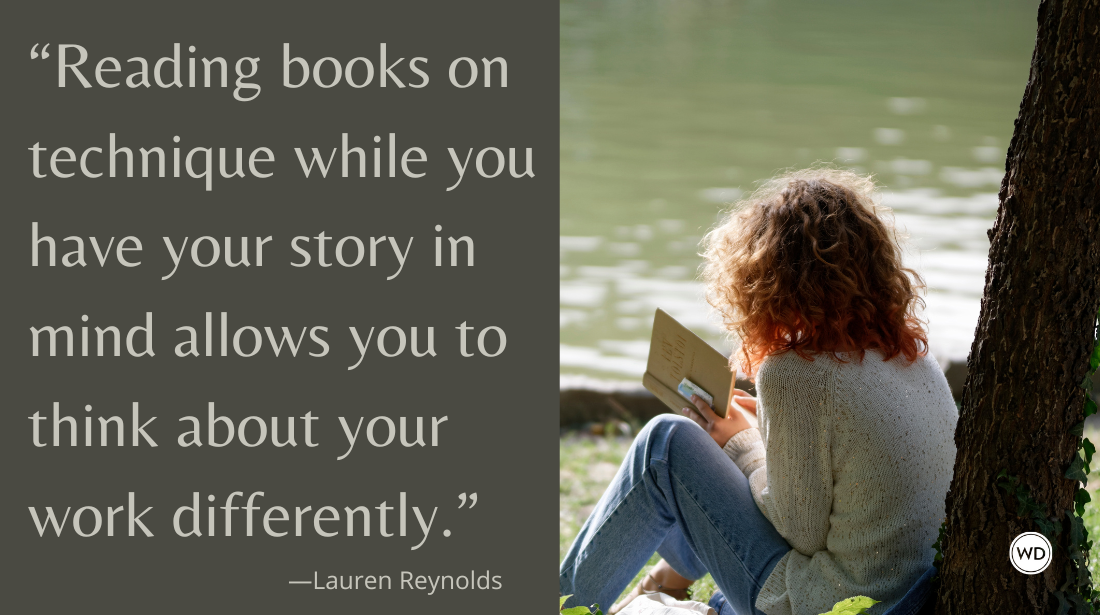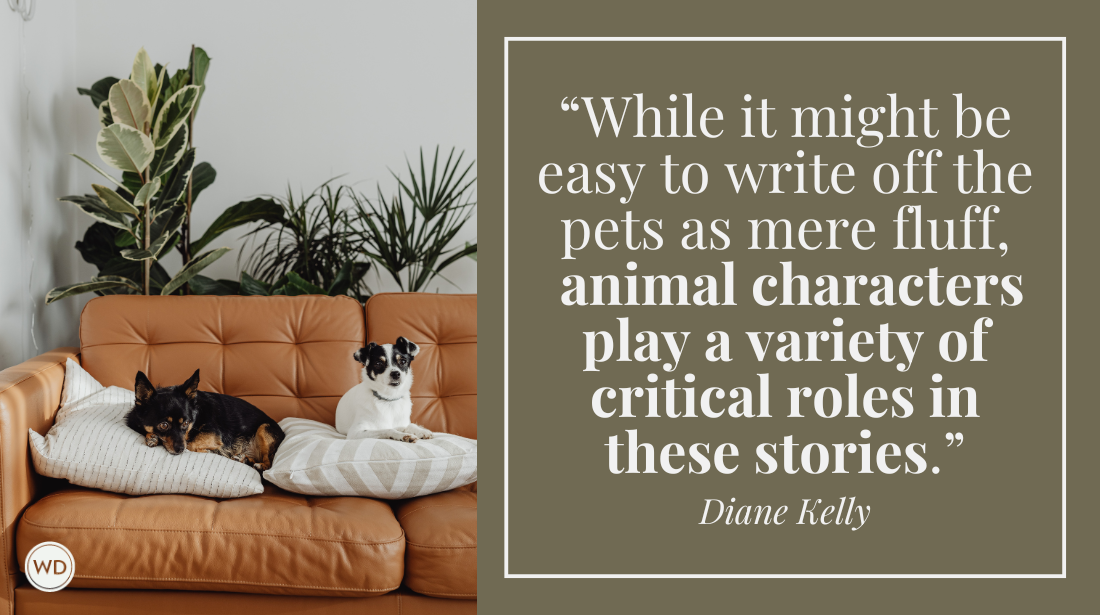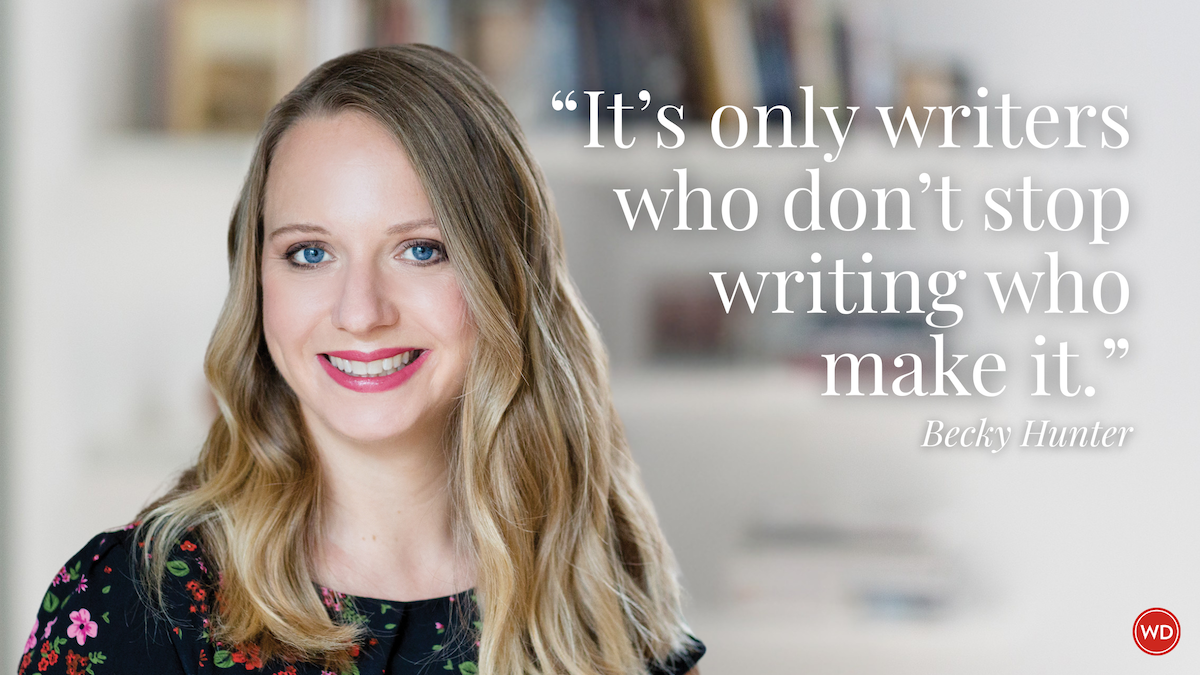Edward J. Delaney: On Uncovering Truth in Biographical Fiction
Award-winning author Edward J. Delaney discusses the difference between nonfiction and biographical fiction with his new novel, The Acrobat.
Edward J. Delaney is an award-winning author, journalist, filmmaker, and educator whose previous works of fiction include The Big Impossible, Follow the Sun, and Broken Irish, published by Turtle Point Press. He is the recipient of a PEN/New England Award for Fiction, an O. Henry Prize, and a National Endowment for the Arts fellowship. He lives in Bristol, Rhode Island. Find him on Facebook.
In this post, Edward discusses the difference between nonfiction and biographical fiction with his new novel, The Acrobat, his advice for other writers, and more!
Name: Edward J. Delaney
Book title: The Acrobat
Publisher: Turtle Point Press
Release date: November 1, 2022
Genre/category: Biographical Fiction
Previous titles: The Drowning & Other Stories; Warp & Weft; Broken Irish; Follow the Sun; The Big Impossible: Stories + Novellas.
Elevator pitch for the book: Cary Grant struggles with who he is at the peak of his storied career. He embarks upon LSD therapy, exploring his painful past and contemplating his ascent to fame.
IndieBound | Bookshop | Amazon
[WD uses affiliate links.]
What prompted you to write this book?
Beyond always having had an admiration of Grant’s talents, I was interested in the way he shaped his own persona. He never really bought into the idea he really was Cary Grant. His entire life, he thought of himself as Archie Leach, a lower-class boy from Bristol, U.K., who had shaped himself to be what the world seemed to want.
That idea—the way we build our own personas—is something that’s interested me from when I began writing my first short stories.
How long did it take to go from idea to publication? And did the idea change during the process?
Unlike other books I’ve done, this was a fairly straightforward process. It took about three years total, as opposed to some other books, which I’ve worked on for a decade or more, while also working on other projects.
Here, the idea was clear in a sense—write a novel about Cary Grant—but finding the form was what occupied the first six months. This book was unusual for me in the amount of research that happens when you’re writing about a real person or event. I was reading biography after biography, as well as old magazine and newspaper articles. I was rewatching a lot of Grant’s films.
Ideas came from small places—a brief mention of some seemingly inconsequential event often sparked an idea for a whole chapter. I had a lot of maps and charts and outlines and sticky notes on my office wall, trying to get all the pieces to fit together. That’s where the ideas changed most.
I wanted to mix select elements of his life with the fictionalized sections that I hoped were not only plausible but also helped further illuminate who he was (or might have been) in a way that a biography cannot. That’s the “based on a true story” aspect. I find that once I have that sense of structure in place, the writing of the draft moves quickly.
Were there any surprises or learning moments in the publishing process for this title?
This is my sixth book of fiction, and my fourth with Turtle Point Press, a wonderful independent press in Brooklyn, headed by Ruth Greenstein. So, it was a smooth and enjoyable process. What was different with this one is that I had to let Ruth know what I was doing from the outset. Typically, the process is that I’ll write the full book and then send it along, hoping it will be well received.
But one thing I learned from a previous book is to always be mindful of how something you write may get slotted as a genre. Amazon, bookstores, and readers now want your book to fit in a “category.” I think a writer needs to be realistic about what slot the book will be assigned to.
For example, one of my previous novels, Follow the Sun, found its way to being categorized as “mystery” when it never really crossed my mind, during the writing of it, that it was. It was a literary novel, as I saw it, with a plot turn about a lobsterman who goes out to sea and doesn’t come back. I didn’t see it as a mystery in the market’s sense of the word. But I think it’s something you just have to accept in the way publishing works today.
Were there any surprises in the writing process for this book?
I started out as a journalist before I began attempting fiction in my early 30s, and I think I have maintained the notion that you need to know the story before you begin writing it. I look at my process as having three steps, each demanding a different element of creativity, and each having different possibilities for surprise.
The first is that brainstorming/outlining aspect, where the book is forming in your head, and you’re getting lots of ideas pinging around, and you’re trying to capture that in some tangible form. I almost don’t think you can over-plan a book, but you also have to be aware that it’s just a plan.
The second is the writing of the draft, where the way the scenes play out can go through surprising changes. And the third is revision, where you look at where the gaps are. It almost always seems that a thunderbolt may hit there, and sometimes it’s no more than a well-placed sentence here and there, or the extension of a scene, that gives the work greater clarity and impact than you’d otherwise have.
I don’t then need to write sequentially. I write whatever scene or chapter I feel I’m primed to write. I think in a book you have to be aware of the five or six peaks of the story, and how you’re going to bridge from one to the next. I like to write what I see as the peaks first.
In this book, there’s a double story line—the events of the year 1959, and pieces of his life story that intersperse the 1959 events—and I wrote those as separate through-lines. Then fit them together. Each could be read as a separate novella, almost, but work better in a complementary structure.
What do you hope readers will get out of your book?
I don’t think this book is as much a “celebrity bio” or an “inside look” as much as it’s thinking about how we actively become who we are, using a movie star who had to create personas on multiple levels. We make choices, often as a result of events, good and bad.
In more literary fiction, I think the work should cast a bit of a reflection on our own thinking. But Cary Grant also had a more surprising life story than one might think—exactly because of Archie Leach’s deft embroidering of this fictitious Cary Grant. But then he got a bit trapped inside his own creation.
If you could share one piece of advice with other writers, what would it be?
Never work on anything for which you don’t have full enthusiasm. That doesn’t mean to quit on something when it gets bogged down. Put it aside and work on something else that excites you.
I believe fully in the subconscious aspect of creativity. You’re walking around with this idea in your head while your conscious attentions are elsewhere, and you’re solving problems by doing that. You should be reading a lot, staying in touch with storytelling. Then, a week or a month or a year later, you go through what you had begun and start to get new energy.
Along those lines, don’t start something that doesn’t feel exciting, just for the sake of doing it. I think it’s better to be brainstorming lots of ideas until one suddenly lands and you can’t wait to get to it.
Robert Lee Brewer is Senior Editor of Writer's Digest, which includes managing the content on WritersDigest.com and programming virtual conferences. He's the author of 40 Plot Twist Prompts for Writers: Writing Ideas for Bending Stories in New Directions, The Complete Guide of Poetic Forms: 100+ Poetic Form Definitions and Examples for Poets, Poem-a-Day: 365 Poetry Writing Prompts for a Year of Poeming, and more. Also, he's the editor of Writer's Market, Poet's Market, and Guide to Literary Agents. Follow him on Twitter @robertleebrewer.








